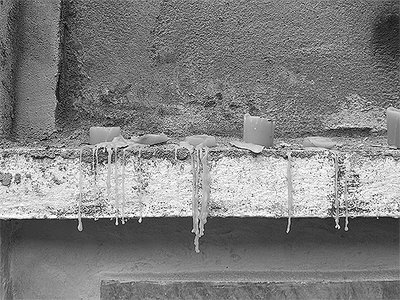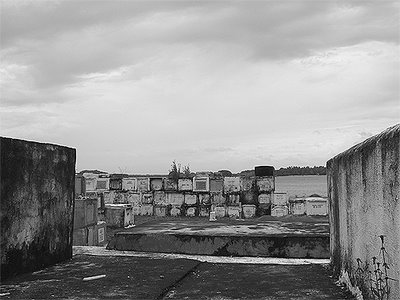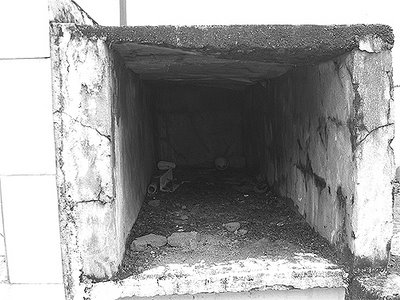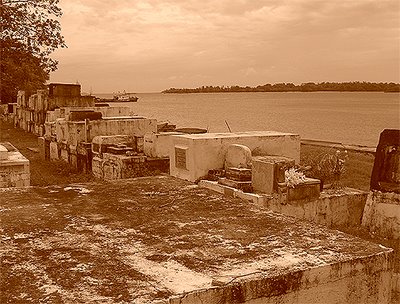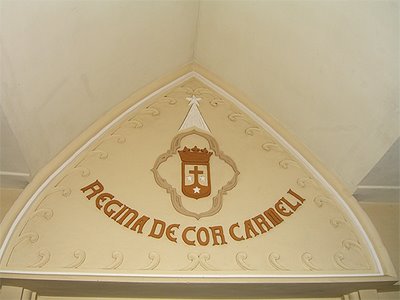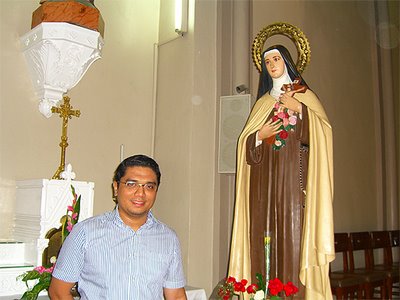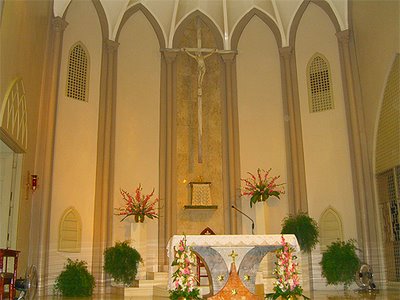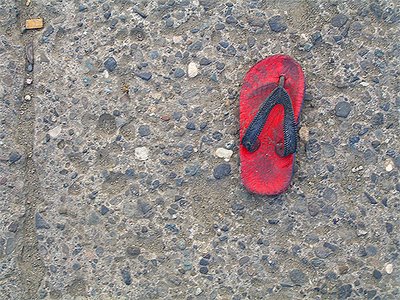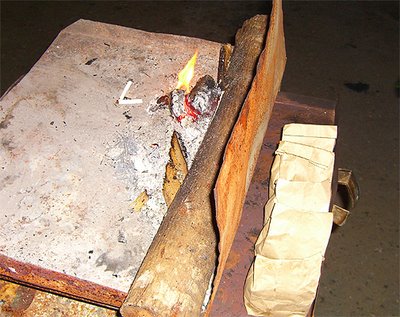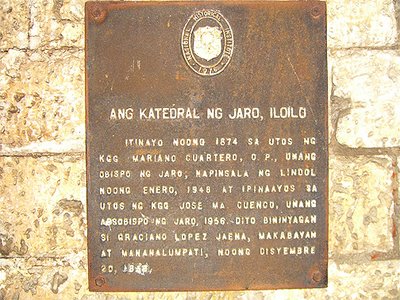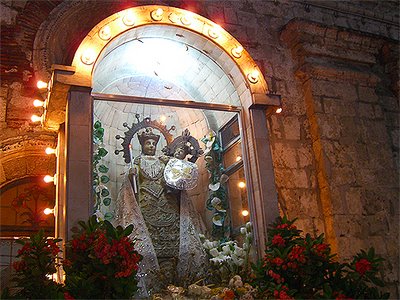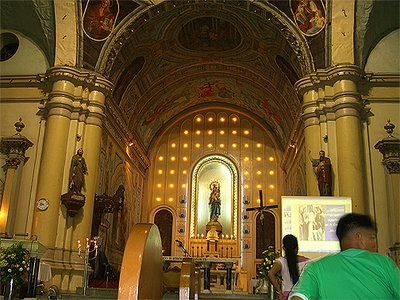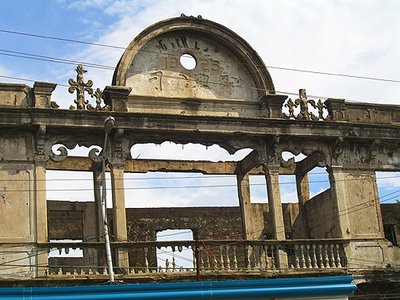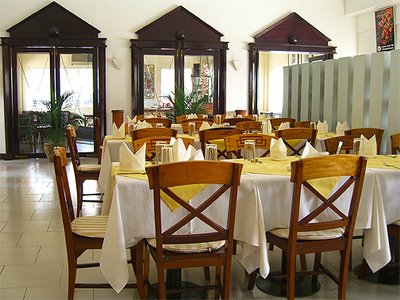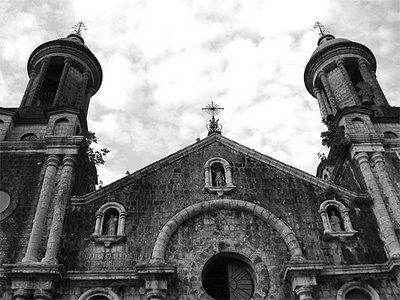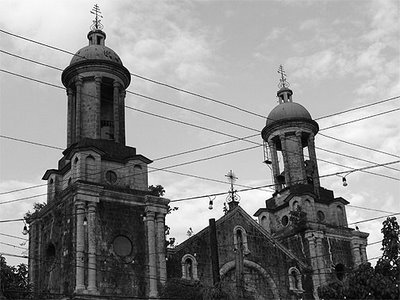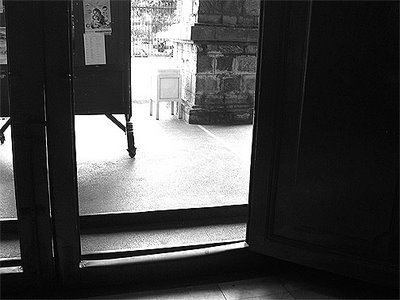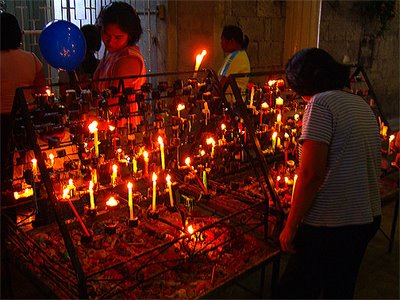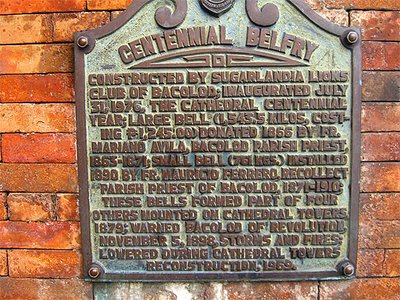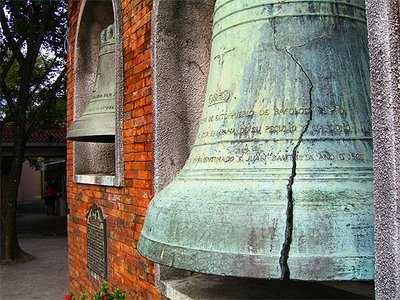The Philippines is all about food, food, food! Anywhere you go, one of the best ways to understand and know a place better is through local food. Iloilo will, in no way, be second best to Bacolod when it comes to feasts!
Palaban ang Lola mo, 'ika nga! Breakthrough Resto
Breakthrough Resto in Villa, Iloilo City. This is just around 10 minutes away from the city center. You can take a jeep.
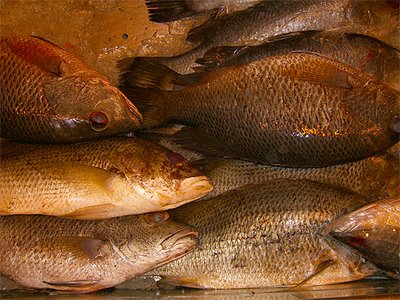 Managat or Red Snapper
Managat or Red Snapper. As the practice in the Visayas, pick a fresh fish and inform the staff how you want it cooked. Usually they make two viands out of one fish.
 Kaldereta
Kaldereta (stewed goat meat) and
tuna flakes (for tuna sisig).
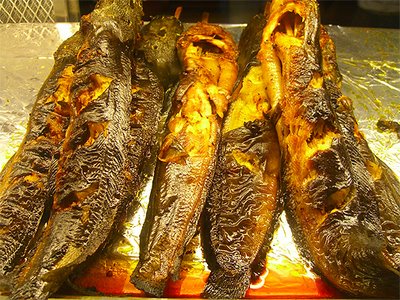
Catfish or hito. Oily coat is released by the fish during broiling. Didn't order this as this is pretty common in Pampanga where i grew up.
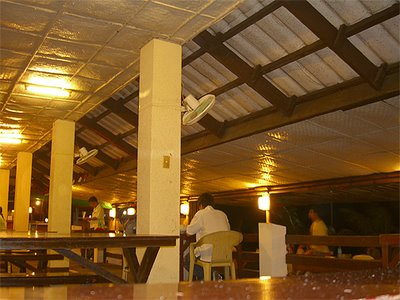 Airy and wide
Airy and wide. Ventilation is provided by large open areas and the beach beside the resto.
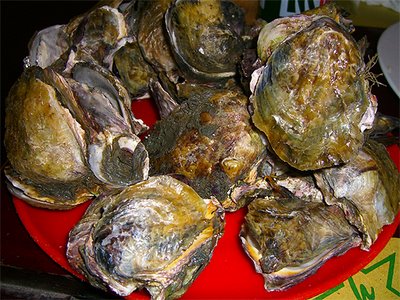 The world is an oyster
The world is an oyster. Only Php 35 / order. A plate is one order and it has 20-25 oysters in it. Not bad, huh. In Manila, 10 pieces would sell for Php 150 up depending on the variety.
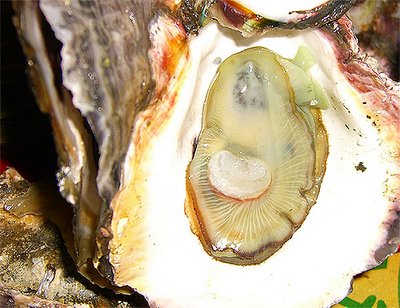 The pearl of the orient
The pearl of the orient. In this case, the real jewel is not the pearl but the meat! None of the sea taste we all hate (but love to smother in lemon or
calamansi). This meat is sweet, which signifies only one thing - freshness.
Broiled managat. An order of a whole fish is cooked in 2 different ways: broiled and made into soup (
See below).
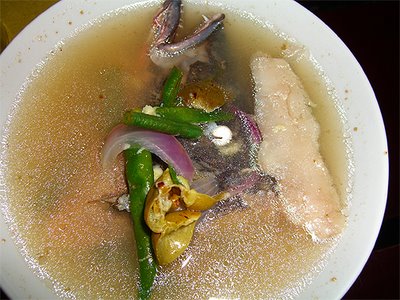 Sinigang sa Batuan
Sinigang sa Batuan. Batuan is that green fruit they use to make the soup sour. In other parts of the country, we either use tamarind (
sampalok),
kamias or guava. See that sliver of fish fat? Yummy!
 Baked clams
Baked clams. Garlic-y and succulent! Wait, is that human hair?!
 Aligue rice
Aligue rice. Hot, moist rice mixed with crab fat!
Total bill: Php 518.00 (all inclusive except tip)
Fare: Php 10.00 (one-way)
 Holding tanks
Holding tanks.
Losbters. Too pretty to eat.

Coconut Crab (
Birgus latro).
Too large and scary! They are held in cages because
they drown in water. They have what we call a
brachiostegal lung - a cross between gills (hardly used) and lungs. They live in burrows underground and feed on anything organic - fruits, leaves, dead animals. Widely available in the Pacific and is regarded as a terrestrial hermit crab.
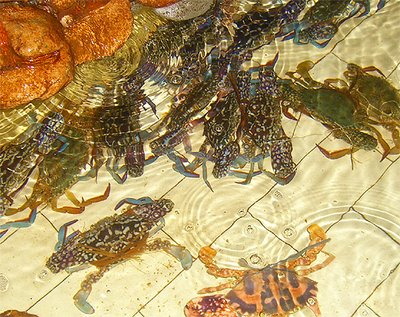
Crabby crabs. Congregating where there is water movement.
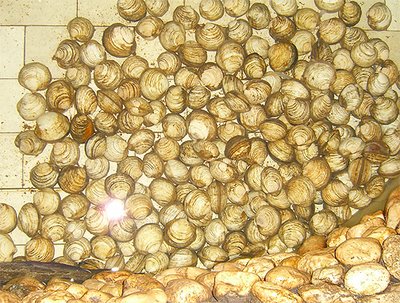
Clammy clams. Asleep, with no idea of their future.

